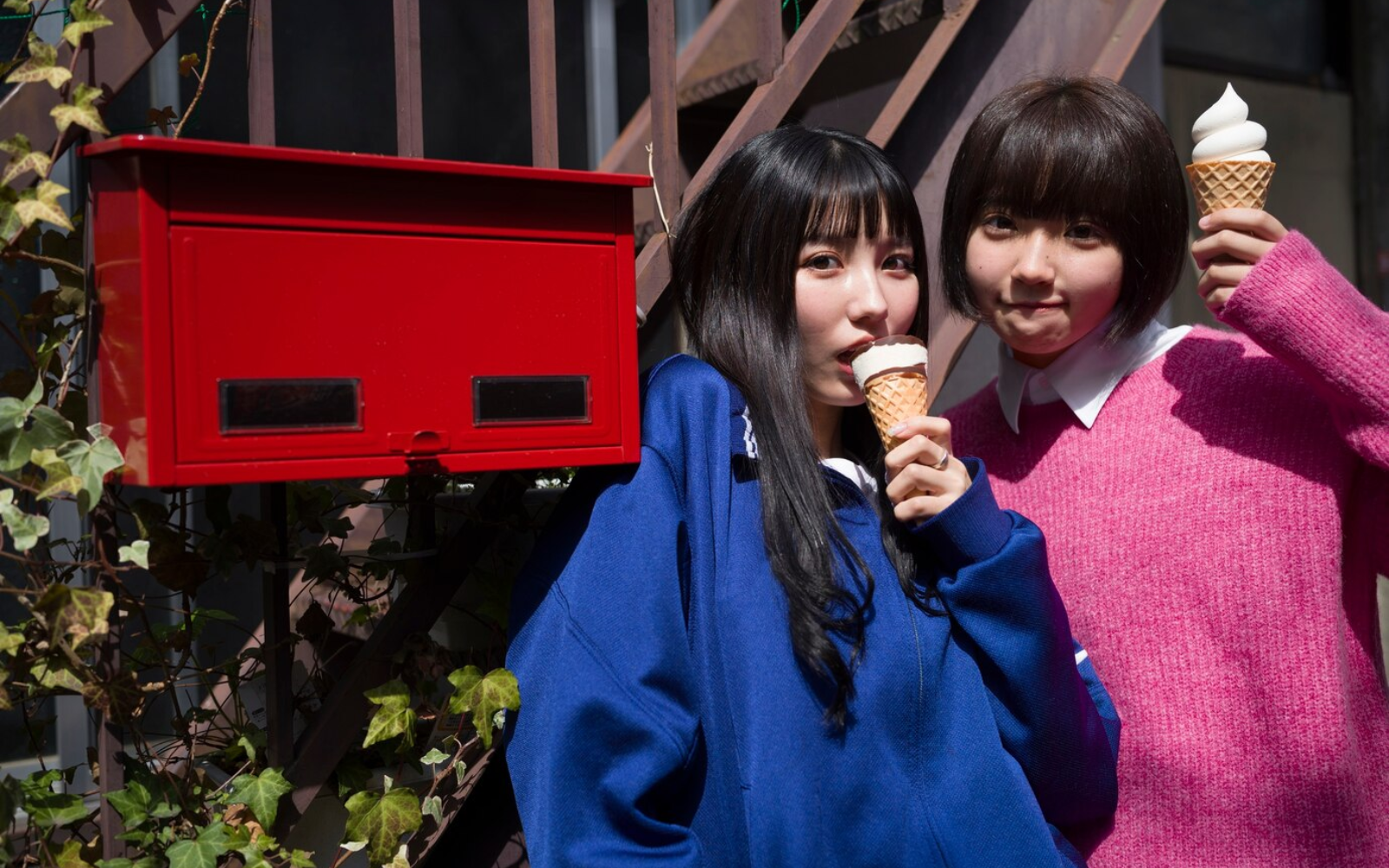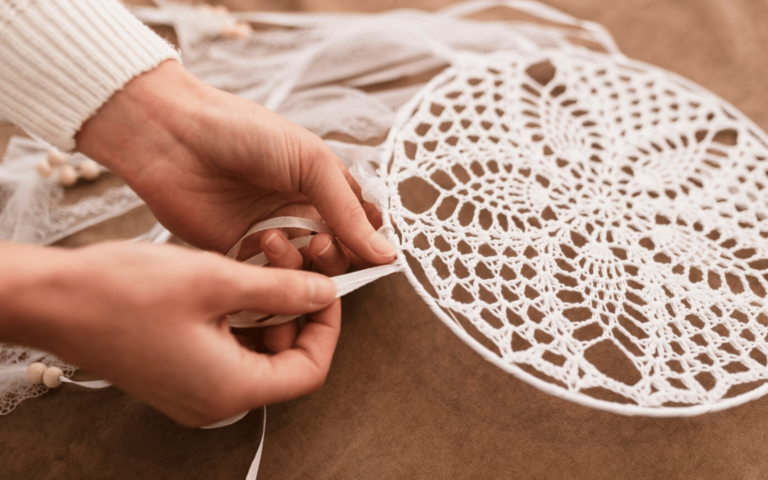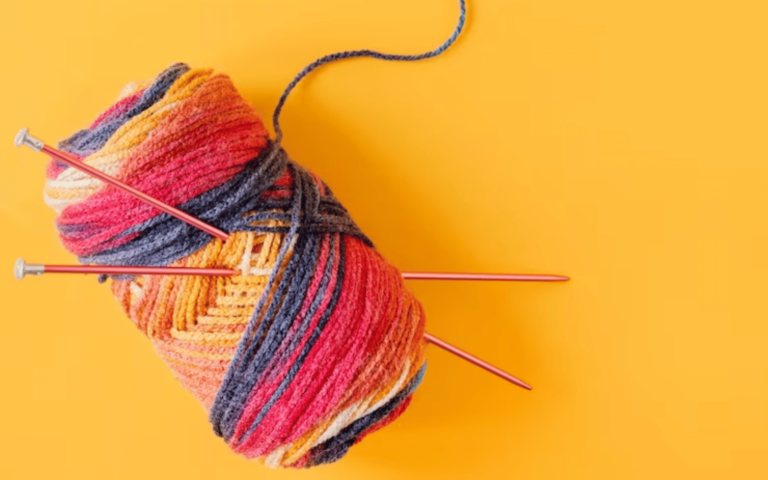Crochet on Japanese Culture – 2024 Enchanting Projects to Ignite Your Creativity
Crochet on Japanese culture, particularly through the art of amigurumi, presents a unique blend of tradition, creativity, and community. Amigurumi, or the Japanese craft of knitting or crocheting small, stuffed yarn creatures, serves as a vibrant expression of the Japanese aesthetic, emphasizing cuteness, precision, and attention to detail. This craft has not only captured the hearts of artisans and enthusiasts within Japan but has also garnered a global following, illustrating the universal appeal of handmade art. The roots of amigurumi trace back to early crocheting practices in Japan, evolving over centuries from traditional techniques to incorporate modern influences, notably from anime and manga. These cultural icons have significantly influenced amigurumi designs, making the craft a contemporary representation of Japanese pop culture. As a form of expression and artistry, crochet on Japanese culture embodies a fusion of historical craftsmanship with modern-day creativity, offering a window into the cultural soul of Japan.
Beyond its cultural significance, crochet on Japanese culture also fosters a sense of community among crafters worldwide. Through the exchange of patterns, techniques, and stories, artisans from different backgrounds come together, united by their love for this craft. This global community not only perpetuates the tradition of amigurumi but also contributes to its continuous evolution, integrating diverse cultural elements into the craft. Engaging with crochet on Japanese culture offers a multifaceted experience, blending artistic creation, cultural, and community building. Whether for seasoned crafters or newcomers, the world of Japanese crochet opens up endless possibilities for learning, sharing, and creating.
The Roots of Amigurumi in Japanese History
Amigurumi’s history is deeply interwoven with Japan’s cultural and artistic traditions. The practice, though popularized in recent decades, has origins that date back centuries, reflecting Japan’s long-standing appreciation for craftsmanship and miniature art. The development of amigurumi is a testament to the adaptability and innovation of Japanese artisans, who have continually refined and expanded their techniques to capture the imagination of a global audience. The opening of western needlework techniques during the Meiji era marked a significant turning point for Japanese crochet. This period saw a fusion of traditional Japanese methods with western styles, leading to the birth of unique crafts like amigurumi. This blend of influences underscores the dynamic nature of Japanese art, which embraces new ideas while retaining a deep respect for tradition.
Historically, amigurumi and similar crafts were not only artistic expressions but also held symbolic significance in Japanese culture. These handmade creations were often associated with good luck and protection, making them cherished gifts for loved ones. The cultural practice of exchanging these crafts underscores the personal and emotional connections fostered through the art of crochet. Today, amigurumi reflects both historical craftsmanship and contemporary influences, embodying Japan’s ability to harmonize tradition with modernity. The craft’s evolution from simple crocheted dolls to intricate representations of characters from popular culture illustrates the dynamic interplay between artisanal heritage and current trends.
Amigurumi: A Cultural Icon
Amigurumi has transcended its traditional roots to become a cultural icon in Japan and beyond. Characterized by their whimsical designs and meticulous detail, these crocheted creations capture the essence of kawaii, or cuteness, a central aspect of Japanese popular culture. This affinity for all things cute is reflected in the wide array of amigurumi, from adorable animals to beloved characters from anime and manga. The popularity of amigurumi is indicative of the broader cultural phenomenon of kawaii, which permeates various aspects of Japanese life, including art, fashion, and media. The craft’s appeal lies in its ability to evoke joy and nostalgia, creating a bridge between the simplicity of yarn and the complexity of emotional expression. Through amigurumi, crafters channel their creativity into bringing to life characters that resonate with fans worldwide.
Furthermore, amigurumi serves as a platform for cultural exchange and personal storytelling. Each creation is imbued with the maker’s individual style and narrative, transforming simple materials into artifacts of personal and cultural significance. This aspect of amigurumi highlights the craft’s role in fostering connections among people, transcending language and cultural barriers. The global appeal of amigurumi underscores the universal language of art and creativity. As more people around the world engage with this craft, amigurumi continues to evolve, embracing new techniques, ideas, and inspirations. This ongoing innovation ensures that amigurumi remains a vibrant and dynamic aspect of contemporary culture, celebrating the joy of creation and the strenght of imagination.
The Craftsmanship Behind Amigurumi
The creation of amigurumi involves a blend of skill, patience, and artistic vision. At its core, amigurumi is about transforming yarn into three-dimensional objects through crochet or knitting. This process requires not only technical proficiency but also a deep understanding of the material and design principles. Crafters often begin with basic shapes, gradually adding layers of complexity to achieve the desired form and character. Color selection and texture play critical roles in bringing amigurumi to life. The choice of yarn, from cotton to acrylic, affects the final appearance and feel of the creation. Similarly, the use of colors can convey a wide range of emotions and characteristics, making each amigurumi unique. Additionally, the incorporation of details such as eyes, facial expressions, and accessories adds depth and personality to the characters.
The technical aspects of amigurumi, such as the single crochet stitch and the magic circle technique, are foundational to the craft. These methods enable crafters to create tight, seamless stitches that form the basis of amigurumi’s structure. Learning these techniques is essential for ensuring the durability and aesthetic quality of the finished product. The craftsmanship behind amigurumi is a reflection of the crafter’s dedication to their art. It is a meditative process that not only yields beautiful results but also provides a sense of accomplishment and pride. As crafters continue to experiment and refine their skills, the art of amigurumi flourishes, showcasing the limitless possibilities of creativity and expression through the simple act of crocheting.
Materials and Tools Essential for Crochet on Japanese Culture
Embarking on the journey of crochet on Japanese culture, particularly amigurumi, begins with assembling the right materials and tools. The choice of yarn is paramount, with cotton and acrylic being popular choices due to their versatility and durability. The texture and color of the yarn significantly influence the character and quality of the finished amigurumi, making it to select materials that align with the project’s requirements. In addition to yarn, crochet hooks are essential tools for any amigurumi project. The size of the hook affects the tightness of the stitches and the overall density of the fabric. Smaller hooks are typically used to achieve the fine, tight stitches that are characteristic of amigurumi, preventing the stuffing from showing through and ensuring the structural integrity of the piece.
Other tools and accessories, such as stitch markers, tapestry needles, and stuffing material, are also integral to the amigurumi-making process. Stitch markers help keep track of rounds and stitch counts, while tapestry needles are used for sewing parts together and adding facial features or other details. The choice of stuffing material, whether polyester fiberfill, wool, or cotton, affects the feel and weight of the amigurumi, contributing to its overall appeal. For beginners, starting with a simple project and basic pattern can help in understanding the basic techniques and building confidence. With practice and patience, crafters can gradually tackle more complex designs, expanding their skills and creativity. The selection of the right materials and tools not only facilitates the crafting process but also enhances the enjoyment and satisfaction derived from creating amigurumi.
Learning the Basics: Crochet Techniques in Japanese Culture
Improving the art of crochet within Japanese culture, especially for amigurumi, begins with understanding the foundational techniques. The magic circle, or adjustable ring, is a critical starting point for many amigurumi projects, providing a tight and neat beginning that can be adjusted as needed. This technique, combined with the single crochet stitch, forms the basis of most amigurumi patterns, allowing for the creation of dense and smooth fabric that is ideal for stuffed figures. Increasing and decreasing stitches are essential skills for shaping amigurumi, enabling crafters to create a variety of forms from spherical heads to tapered limbs. These techniques allow for the addition or reduction of stitches in a round, facilitating the sculpting of the amigurumi’s body parts. Understanding how to effectively increase and decrease stitches is for achieving the desired shape and proportions of the character.
In addition to these basic stitches, learning how to change colors seamlessly is important for adding intricate details and patterns to amigurumi. This skill enhances the visual appeal of the creation, allowing for the incorporation of unique designs and features. Color changes can be used to add facial expressions, clothing, and other decorative elements, bringing the amigurumi to life. As crafters become more comfortable with these techniques, they can search more advanced methods and stitches to create increasingly complex and detailed amigurumi. The journey of learning crochet on Japanese culture is one of continuous growth and discovery, with each project offering new challenges and opportunities for creativity.
The Influence of Anime and Manga on Amigurumi
The impact of anime and manga on amigurumi cannot be overstated, with these forms of Japanese pop culture significantly shaping the designs and themes of these crocheted creations. Characters from popular anime and manga series are frequently brought to life through amigurumi, allowing fans to connect with their favorite characters in a new and tangible way. This crossover between digital and handmade art forms creates a unique niche within both the anime/manga and crafting communities. Anime and manga have introduced a wide array of iconic characters, each with distinct appearances and personalities. Crafters draw inspiration from these characters, meticulously recreating their features and outfits in yarn form. The attention to detail required to capture the essence of each character challenges and refines the skills of amigurumi artists, pushing the boundaries of what can be achieved with yarn and crochet hooks.
Moreover, the popularity of anime and manga-themed amigurumi extends beyond Japan, contributing to the global appeal of the craft. International fans who may not have previously engaged with crochet or knitting find themselves drawn to amigurumi as a way to express their fandom. This has led to a vibrant online community where crafters share patterns, tips, and their creations, fostering a sense of global connection and mutual appreciation for Japanese pop culture. The fusion of anime and manga with amigurumi serves as a testament to the versatility and adaptability of crochet as an art form. It highlights how traditional crafts can intersect with modern digital culture, creating new avenues for artistic expression and cultural exchange.
Crochet on Japanese Culture in the Global Craft Community
The global craft community has embraced crochet on Japanese culture with enthusiasm, recognizing amigurumi as a significant contribution to the world of handmade arts. This international interest has facilitated the exchange of ideas, techniques, and inspiration across continents, enriching the craft with diverse perspectives and styles. Social media platforms and online forums play a role in this exchange, enabling crafters from different backgrounds to connect, share their work, and learn from each other.
The widespread appeal of amigurumi has also led to the proliferation of resources for learning and understanding the craft. From online tutorials and pattern books to workshops and crafting groups, there are numerous avenues for both beginners and experienced crafters to deepen their understanding of crochet on Japanese culture. This accessibility has been instrumental in introducing people around the world to the joys of amigurumi, fostering a global community united by a shared passion for crochet.
Moreover, the international recognition of amigurumi has highlighted the importance of craftsmanship and handmade art in contemporary society. In an age dominated by digital technology and mass production, amigurumi represents a return to the tactile and the personal, offering a form of creative expression that is both individual and deeply rooted in cultural tradition. As crochet on Japanese culture continues to inspire and connect people across the globe, it stands as a vibrant example of how traditional arts can adapt and thrive in the modern world. Through the ongoing exchange of knowledge and inspiration within the global craft community, amigurumi remains a dynamic and evolving art form, bridging cultures and bringing joy to crafters and enthusiasts everywhere.
Embracing Simplicity: The Minimalist Approach in Japanese Crochet
In the realm of Japanese crochet, the allure of simplicity cannot be overstated. This minimalist approach, deeply rooted in the country’s artistic traditions, offers a refreshing perspective on the craft that emphasizes less as more. By focusing on simple patterns, clean lines, and limited color palettes, Japanese crochet artists manage to convey a sense of calm and order, reflecting the cultural appreciation for balance and harmony. This technique not only highlights the meticulous skill required to execute each stitch with precision but also allows the inherent beauty of the materials to shine through.
As enthusiasts delve into these understated designs, they often discover a meditative quality in their crafting process, mirroring the Zen practices that are integral to Japanese lifestyle. This section of the craft, while straightforward, challenges crocheters to perfect their technique, encouraging a deeper connection with every loop and pull of the yarn. The minimalist approach in Japanese crochet serves as a reminder that in a world often dominated by overstimulation, there is profound beauty in simplicity, a lesson that resonates well beyond the crafting community.
Seasonal Inspirations: The Reflection of Nature in Japanese Crochet
Japanese crochet, with its distinct connection to nature, beautifully captures the seasonal changes that are so celebrated in Japanese culture. This artistic inclination to mirror the natural world brings an organic richness to the craft, enabling crocheters to create pieces that resonate with the essence of each season. Spring designs often feature soft pastels and motifs of cherry blossoms, symbolizing new beginnings and the fleeting nature of life. Summer introduces vibrant, sunny hues accompanied by patterns that echo the lushness of blooming gardens and the movement of ocean waves.
As autumn approaches, the palette shifts to warm golds, deep reds, and rustic oranges, drawing from the changing leaves and the crisp air, and winter projects reflect the serene whites and cool blues of snowy landscapes, invoking a sense of quiet and introspection. This deep integration of the natural environment not only enhances the visual appeal of the crochet items but also imbues them with a cultural narrative that celebrates the passing of time and the cyclical nature of life. Through this seasonal approach, Japanese crochet offers a way to stay connected to the environment, providing a source of inspiration that is both constant and ever-changing.
Outcome: The Unending Charm of Crochet on Japanese Culture
The allure of crochet on Japanese culture, embodied in the craft of amigurumi, transcends borders and languages, uniting crafters around the world with its charm and creativity. This art form combines the traditional with the contemporary, the simple with the intricate, offering endless possibilities for expression and connection. Through amigurumi, crafters channel their artistic vision into creations that resonate with people of all ages and backgrounds, showcasing the universal appeal of handmade art.
The future of crochet on Japanese culture looks bright, with new techniques, materials, and ideas constantly emerging. As the global community of crafters grows, so too does the potential for innovation and collaboration. Amigurumi not only celebrates the rich cultural heritage of Japan but also invites us to imagine and create, to share our stories and passions through the universal language of craft. Whether you are a seasoned artisan or a curious beginner, the world of Japanese crochet offers a rewarding journey of discovery and creativity. As we continue to weave together threads of yarn and culture, amigurumi stands as a testament to the enduring charm and vitality of crochet on Japanese culture, a beloved craft that continues to inspire and bring joy to people around the globe.
See More At: woolen8wonders.com







